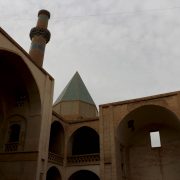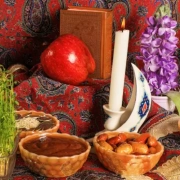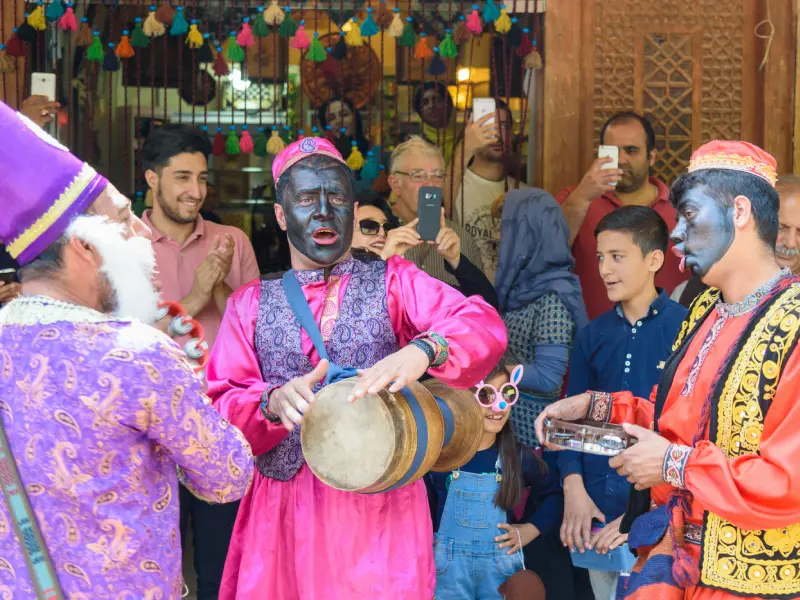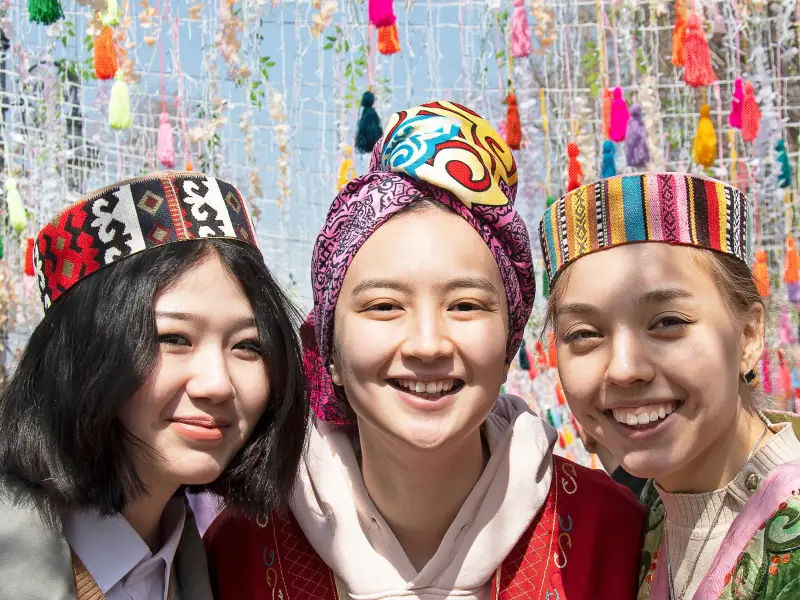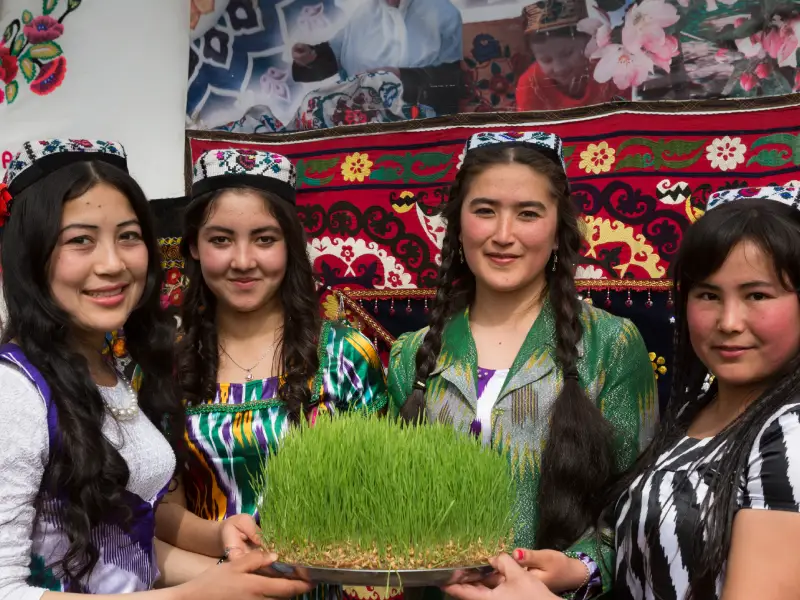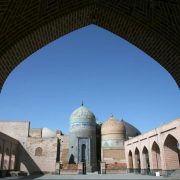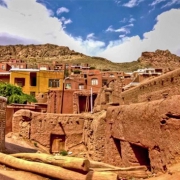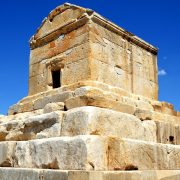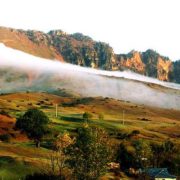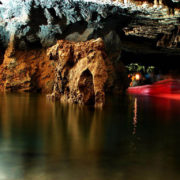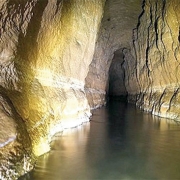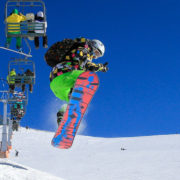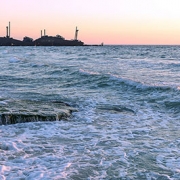Which Countries Celebrate Nowruz?
Nowruz, also known as the Persian New Year, is one of the most ancient and culturally significant celebrations in the world. Rooted in Zoroastrian traditions, Nowruz marks the beginning of spring and is observed by millions across various countries, including the Black Sea region and central and western Asia. In 2009, this amazing cultural ritual was registered on the list of the Intangible Cultural Heritage of Humanity by the United Nations Educational, Scientific, and Cultural Organization (UNESCO). This festival symbolizes renewal, joy, and the triumph of light over darkness. From Iran to India and Central Asia to the Balkans, Nowruz is a unifying celebration that transcends borders. Let’s find out which countries celebrate Nowruz.
How Is Nowruz Celebrated in Different Countries?
Nowruz is celebrated in various ways across different countries, reflecting each region’s unique culture and traditions. In Uzbekistan, Afghanistan, Iran, and Kazakhstan, families gather for communal feasts, prepare traditional dishes like sumalak, sabzi polo, and haft mewa, and engage in cultural performances.
In Albania, the festival is observed with spiritual ceremonies, while Iraq, particularly among Kurds, sees Nowruz as a symbol of resistance and freedom, celebrated with bonfires and folk dances. Kyrgyzstan, Tajikistan, and Turkmenistan embrace their nomadic heritage through horse games, poetry recitals, and festive gatherings.
Azerbaijan hosts grand public celebrations with fireworks and music, whereas in India, the Parsi community marks Nowruz with prayers, charity, and delicious festive meals. Despite the regional differences, the essence of Nowruz remains the same: welcoming the new year with hope, joy, and unity.
Afghanistan
Nowruz in Afghanistan is a major festival, especially in cities like Kabul, Mazar-i-Sharif, and Herat. One of the most significant events is Guli Surkh, the Red Flower Festival, held in Mazar-i-Sharif. This marks the blooming of tulips and includes horse riding competitions, music, and poetry recitals.
Families prepare traditional meals like haft mewa, a fruit and nut dish, and samanak, a wheat-based dessert. Kite flying and egg fights are common activities enjoyed by both children and adults. Nowruz also aligns with the Afghan New Year, making it a time for new beginnings and fresh aspirations.
Iraq
In Iraq, Nowruz is most prominently observed by the Kurdish population. The festival is a symbol of freedom and resistance, and celebrations include bonfires, traditional dancing, and storytelling. Families gather to enjoy dishes like dolma and grilled meats while wearing vibrant traditional clothing.
Kurdish New Year festivities often extend to the mountains, where people embrace nature’s beauty. The lighting of fires represents victory over darkness, a theme deeply embedded in Kurdish history and identity.
Iran
As the birthplace of Nowruz, Iran hosts the most elaborate celebrations. The festival lasts for 13 days, beginning with Chaharshanbe Suri, a fire-jumping ritual symbolizing purification. Families set up the Haft-Seen table, featuring seven symbolic items, each representing an aspect of life and prosperity.
During Nowruz, Iranians visit relatives, exchange gifts, and enjoy dishes like Sabzi Polo ba Mahi (herb rice with fish). The final day, Sizdah Bedar, is celebrated outdoors, where people picnic in parks and release their sorrows into nature. Nowruz in Iran is a deeply spiritual and familial event that fosters unity and happiness.
Albania
Though Nowruz is lesser known in Albania, it is celebrated primarily by the Bektashi community, a Sufi order with Persian influences. The festival is a time of spiritual reflection, prayers, and communal feasts. People visit shrines and light candles to honor their ancestors.
Unlike other countries, Albanian Nowruz is more solemn, focusing on personal growth and devotion. However, it still carries the essence of renewal and gratitude, reminding people to cherish life’s blessings.
Azerbaijan
In Azerbaijan, Nowruz is a grand public holiday with fireworks, concerts, and open-air feasts. Families set up Khoncha, a decorative tray with candles, painted eggs, and sweets. Jumping over bonfires is a popular tradition, believed to cleanse the spirit.
Azerbaijanis also celebrate four pre-Nowruz Tuesdays, each dedicated to one of the elements: water, fire, earth, and wind. These traditions emphasize the deep-rooted cultural significance of Nowruz in the region.
Kyrgyzstan
Kyrgyzstan’s Nowruz celebrations reflect the country’s nomadic heritage. The festival is marked by horse games, wrestling competitions, and traditional music performances. Sumalak is a must-have dish, cooked in large cauldrons and shared among neighbors.
The communal spirit of Nowruz in Kyrgyzstan is strong, as people clean their homes, resolve conflicts, and exchange warm greetings. The focus on unity and renewal makes this an essential holiday in the Kyrgyz calendar.
Tajikistan
Tajikistan’s Nowruz festivities mirror Persian traditions but with a local touch. The festival lasts several days and features parades, poetry recitals, and theatrical performances. The Haft-Seen table is common, and people prepare festive foods like Plov (pilaf) and Samsa.
A distinctive Tajik tradition is the Gulgardani, where young people visit homes, sing folk songs, and receive sweets in return. This practice embodies the spirit of generosity and joy that defines Nowruz.
Kazakhstan
Kazakhstan embraces Nowruz as a national holiday, blending Persian and Turkic traditions. The celebrations include street performances, music, and large communal feasts featuring Nauryz Kozhe, a special soup with seven key ingredients symbolizing wealth and abundance.
A unique aspect of Kazakh Nowruz is the Aitys, a poetry contest where participants engage in verbal duels, showcasing their wit and creativity. The emphasis on hospitality during Nowruz is profound; people visit elders, exchange warm wishes, and share homemade delicacies.
Turkmenistan
Nowruz in Turkmenistan is a time of national pride, celebrated with cultural festivals, equestrian shows, and musical performances. People prepare Govurma, a traditional meat dish, and engage in outdoor festivities.
The Turkmen government promotes Nowruz as a cultural heritage event, ensuring that traditional crafts, dances, and oral stories are passed down to younger generations. The festival reinforces a sense of identity and historical continuity.
Uzbekistan
In Uzbekistan, Nowruz is an official holiday and is celebrated with grand festivities. People prepare special dishes like Sumalak, a sweet dish made from sprouted wheat, which symbolizes prosperity. Families gather to share traditional meals, perform folk dances, and participate in sports such as wrestling and horse racing. Public squares come alive with concerts, colorful parades, and cultural performances that highlight the country’s rich heritage.
Another key aspect of Nowruz in Uzbekistan is community service. People engage in charitable activities, helping those in need. The emphasis on generosity and goodwill makes Nowruz not just a personal celebration but a community-wide event that strengthens social bonds.
India
In India, Nowruz is mainly celebrated by the Parsi and Iranian communities. Known as Jamshedi Navroz, it is marked by prayers at fire temples, family gatherings, and feasting on delicacies like patra ni machhi (steamed fish) and ravo (sweet semolina dish).
The Indian Nowruz is a blend of Zoroastrian rituals and regional customs, making it a colorful and diverse celebration. Many Parsis also use this day to perform acts of charity, reflecting the spirit of renewal and kindness.
Which Country has the Grandest Nowruz Celebration?
Iran hosts the grandest Nowruz celebrations, as it is the heartland of this ancient Persian festival. Marking the Persian New Year and the arrival of spring, Nowruz in Iran is a deeply rooted tradition that spans over 3,000 years. Festivities begin with Chaharshanbe Suri, a fire-jumping ritual held on the eve of the last Wednesday before Nowruz, and continue with Haft-Seen, an elaborate table setting symbolizing renewal and prosperity. The celebrations last for 13 days, culminating in Sizdah Bedar, a national picnic day where families gather outdoors to embrace nature.
Iran’s Nowruz is recognized by UNESCO as an Intangible Cultural Heritage, and its vibrant customs, including music, dance, and poetry, make it the most extravagant and culturally rich Nowruz celebration in the world.
Last Words
Nowruz is more than just a New Year celebration; it is an evidence to resilience, cultural heritage, and the human spirit’s ability to renew and rejoice. Whether in Iran, Central Asia, or beyond, Nowruz unites people in a shared appreciation for life’s beauty and new beginnings.
If you’re interested in learning more about this fascinating Persian festival, here’s a video to provide you with full information about Nowruz and its unique traditions. Learn how to set the Haft Seen table, learn what each of the seven elements means in this tradition, and celebrate the Persian New Year.
Are you planning to travel to Iran and looking for an Iran travel agency? Check out our Iran tours and feel free to contact us.
Abyaneh Village, Red Village of Iran: History, Photos & more
Abyaneh is a historic village in Isfahan province of Iran close to Kashan and Natanz. The village is in a long and narrow valley on the foot of Karkas Mountains, 70 kilometers southeast of Kashan. From the main road of Natanz-Kashan, there is a winding road that goes 22km deep into the mountains, passes several villages, and reaches to a valley with a historic village sitting in it. Houses in Abyaneh have a reddish color that comes from the soil around the village containing iron oxides.
The alleys are narrow with mud brick houses on both sides with beautiful lattice windows and small balconies looking over the alley.
Similar to other mountainous villages of Iran, Masouleh or Uraman Takht, Abyaneh has stepped structure with the roof of each house being the courtyard of the one above it.
How old is Abyaneh?
There is no evidence to indicate the exact date of the village but historians know that it has been around since Sassanid dynasty (700 AD) for sure. The houses sit on the mountain slope facing east to receive the maximum sunlight and they are from Sassanid, Seljuks, Safavid, and Qajar eras.
Karkas Mountains and its surroundings were the hunting area for Safavid kings and Abyaneh was the destination for their summer vacation. Abyaneh’s high elevation (2222m) causes cool summer and very cold winter days.
Because of its mountainous setting, Abyaneh stayed isolated for many years and people’s customs and language is untouched and preserved. In Abyaneh people speak Farsi with a special dialect belonging to the village only. They still use some words from the Parthian era (247 BC – 224 AD).
Men wear a very loose pair of pants and the women’s traditional costume consists of a long colorful dress, along with a special pair of pants, and a white long scarf with colorful floral design named Charghad.
Besides the charismatic beauty of the village, there are historic monuments as well. There is a Zoroastrian fire temple dating back to the Sassanid period, three castles, a pilgrimage site, and two mosques. The most famous monument of Abyaneh is an 11th-century Jameh Mosque, with an ancient Mihrab made of walnut-wood covered with carvings of calligraphy and floral designs. The Jameh Mosque is closed and cannot be visited because of its very long and valuable history.
Are you planning to travel to Iran? Check out our Iran tours.
Persian Qanat: System, Structure, famous Iran Qanats
There are arid regions in Iran with no river curving or crawling on it; with the lowest amount of rain touching its body, yet settlements initiate and thrive in them. Living in these areas is only possible if the water is transferred to the region in an inexpensive and uncomplicated way. The invention of Qanat was a brilliant solution to this matter. Qanat was born three millenniums ago in the deserts of Iran as the most effective technique for the best adaptation to arid areas.
Qanat is a tunnel system that carries water from a bed source of higher elevation to flatlands. It consists of a series of vertical wells built along a gentle slope that is connected to a horizontal duct at the bottom. The word “qanat” is derived from the Persian term “kanāt,” meaning “channel” or “conduit.”
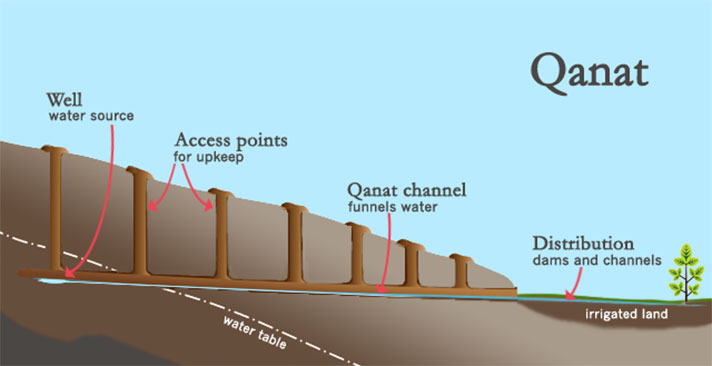
how does a qanat work?
The duct must have enough space for Qanat workers to move and dig in it. Vertical shafts are for removing the excavated material and supplying oxygen to workers. Also, they provide proper access to different parts of the duct for repair and maintenance. Mother well is the first well that is the deepest of all. The tallest Mother Well in Iran is 300m deep in Gonabad, Razavi Khorasan Province.
The final destination of a Qanat is Mazhar-e Qanat where the water flows to the surface after its long voyage.
According to the Iranian Ministry of Energy, there are 363000 Qanats in Iran. For each of these Qanats, If the average length of the duct is 6km and the total depth of wells is 4km with a mouth with a one-meter diameter, there will be 376068 km of soil which is 9.4 times longer than the earth’s equator and covers 97.9% of the distance between the earth and the moon.
Vazvan & Moon Qanat in Isfahan
One remarkable Qanat in Iran is Vazvan in Isfahan province. The extraordinary character of Vazvan is that its duct is dug in stone and there are dams in some wells to save water during winter and use it at other times of the year. This Qanat was built during the Sassanid era (224–651) and is one of eleven Qanats registered in the UNESCO world heritage list.
Another unique Qanat is Moon in Ardestan, Isfahan province. Moon has two ducts at two levels. The first duct is 30m below the ground and the second is 3m higher at 27m depth. Water running in the second duct does not transmit to the duct below.
Historical Significance of Qanats
The creation of Qanat goes back to the 7th century BC in Iran but during Achaemenid Empire, it had a major extension throughout the territory. Qanat specialists started building numerous Qanats from the shores of the Mediterranean Sea to Chinese Turkistan which resulted in expanding and establishing settlements in dry regions of Persia. Arabs had a share in extending this water system worldwide through their invasions across North Africa, Sicily, and Spain.
Persian Qanats have not only shaped the landscape but also influenced the cultural and social fabric of Iran. These remarkable water systems have been celebrated in Persian literature, art, and architecture, emphasizing their importance in Persian civilization.
Qanats have also played a significant role in urban development, allowing the establishment of cities and towns in arid regions. Their presence enabled the growth of communities along the qanat routes, fostering trade, and supporting human settlements.
On July 15, 2016, the World Heritage Committee of the UN Educational, Scientific and Cultural Organization (UNESCO) met in Istanbul, Turkey, and registered eleven Qanats in different provinces such as Kerman, Khorasan Razavi, Yazd, Arak, and Isfahan.
Are Qanats Still in Use Today?
While the traditional use of qanats has declined, some are still functional and continue to provide water in certain regions. The qanats principles and engineering concepts continue to inspire modern water management practices. Some contemporary applications and adaptations of qanats include Sustainable Urban Planning, Revitalization Projects, and Educational Initiatives.
The Persian Qanat system stands as a testament to the ingenuity and resourcefulness of ancient civilizations in managing water resources. These remarkable underground tunnels have not only sustained communities for centuries but also offer valuable insights into sustainable water management practices. By learning from the wisdom of the past and embracing innovative approaches, we can address the challenges of water scarcity and build a more sustainable future.
Are you planning to travel to Iran? Check out our Iran tours.
Kish Island Travel Guide: Things to do, Best Time to Go
Whether you are an adventurous scuba diver looking to explore the coral reefs of the Persian Gulf or looking for a warm sunny beach to lie down on the silver sand, enjoy the smell of salt and read your book; Kish Trade-Industrial Free Zone Island has it all for you. Kish Island is one of the small yet charming islands in the Persian Gulf and one of the most beautiful coral islands in the world.
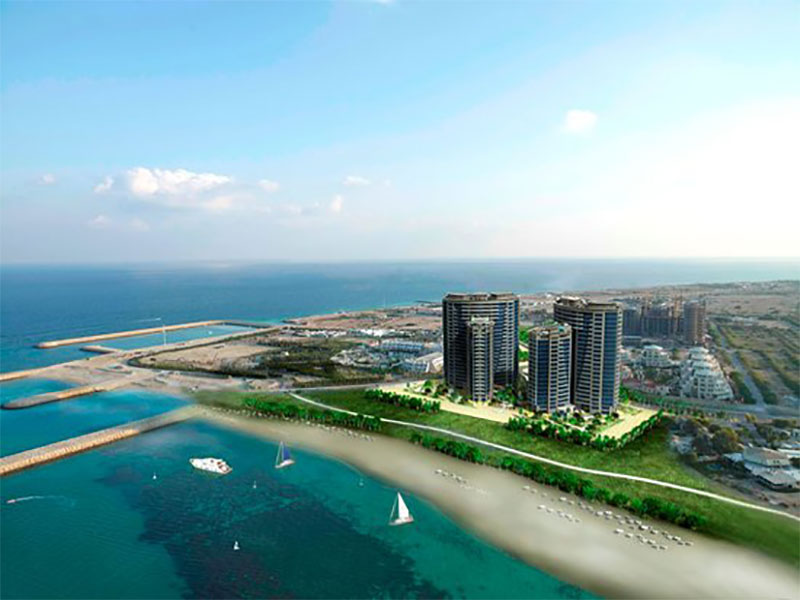
Kish Island is one of the small yet charming islands in the Persian Gulf.
Kish Island Attractions
The main attraction of this island is its gorgeous beaches. Even though Kish is not a big island (91 km²) most of its area is covered by beautiful beaches where you can go swimming in the blue-gem waters of the gulf.
The coral reefs in the bed of the sea purify water and make it crystal clear so you can see the underwater world and enjoy your beach relaxation even more.
Even on the most luxurious island of Iran, you can enjoy a visit to a cultural heritage dating back more than two millennia. Kish Island has been inhabited by Iranians since the Achaemenid Empire and it is as rich in history as it is in beauty.
Kariz-e Kish is a remaining of an ancient Qanat (aqueduct) that has turned into an underground city and museum for people to visit.
Iranians designed the Qanat system as an adaptation to arid climate five to six thousand years ago before the Roman Aqueducts. It is a hydraulic water system consisting of multiple vertical wells along a gentle slope that filters and guides water toward the arid areas.
Kariz-e Kish or Kish Qanat was built 2500 years ago to supply drinking water for island inhabitants. It’s a massive series of tunnels (10,000 square meters) snaking in a sixteen meters depth in coral earth of the island. To have a good functioning Qanat it must start from a high elevation going down gradually to the valleys. But Kish Island does not have high elevation areas and still, its Qanat is one of the best functioning in Iran.
Another factor that gives Kariz a unique characteristic is being in a coral ground. The coral reef purifies water very well plus when you walk in this cool ancient underground city, the walls and ceiling are covered with 500-600 million-year-old fossils of turtle, shells, and other species of the sea.
Kish Island is one of the most favorite tourist destinations among Iranians and specifically younger generations. Beautiful shopping malls, restaurants, water activities, and beaches create a great package for a relaxing and romantic getaway.
One reason for this high fame is because the island is warm and nice during winter. When other parts of Iran are cold and covered with snow you can put your toes in the warm white sands on the beach and jet ski on the turquoise water of the Persian Gulf.
Don’t forget to take a Selfie with the Greek ship when the sunset sky turns orange and purple in the background, it will be the most romantic and serene shot from your trip to Iran. If you go for a walk on the west beach of the island, you will see an abandoned ship sitting in the water. Fifty years ago this ship, belonging to Greece, came too close to the shore where she got stuck in the mud and she has remained beached ever since.
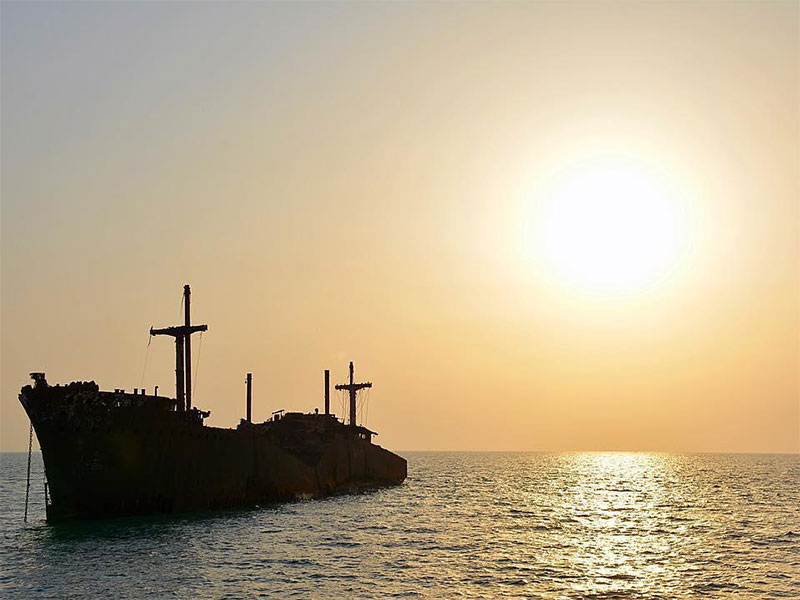
Don’t forget to take a Selfie with the Greek ship while you are in Kish.
The best time to travel to Kish Island
The best time for Kish is from January to April. Kish climate is hot and humid with an average of 26°C in a year. In summer it can get as hot as 40°C (104°F).
Kish is a free trade zone where fifteen percent of all imports to Iran are through this region plus it has many investment incentives. You can take a short fly or a cruise from all the countries bordering the Persian Gulf to the Island. Tourists do not need a visa for entrance regardless of their nationality.
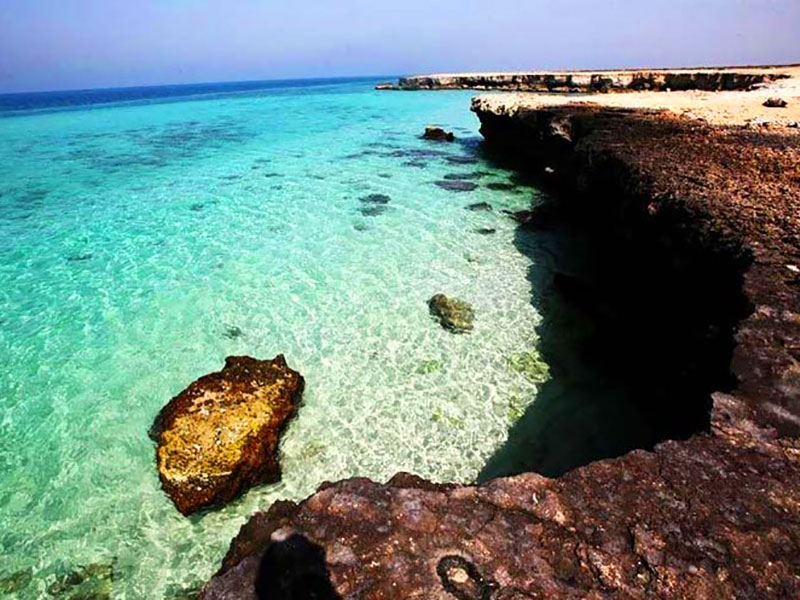
The best time to travel to Kish is from January to April.
Where to stay in Kish?
Imagine staying in a hotel looking like the palaces of Achaemenian emperors with the Persian soldiers and half-man half-lion stone statues, and lofty columns with intricate decorations all around you, and a tropical view out of your room will make your trip even more remarkable.
If you are more of a marine-hotel-person you can choose Toranj Hotel. Toranj Marine Hotel is the first hotel in Iran with on-water villas, drawing the shape of Paisley on the gulf, and glass floors to view the colorful marine life swimming beneath you in the Persian Gulf. In this five star hotel, you will experience an unforgettable stay with a panoramic view of sunset and sunrise over the sea every day.
Are you planning to travel to Iran? Check out our Qeshm Island tours.

